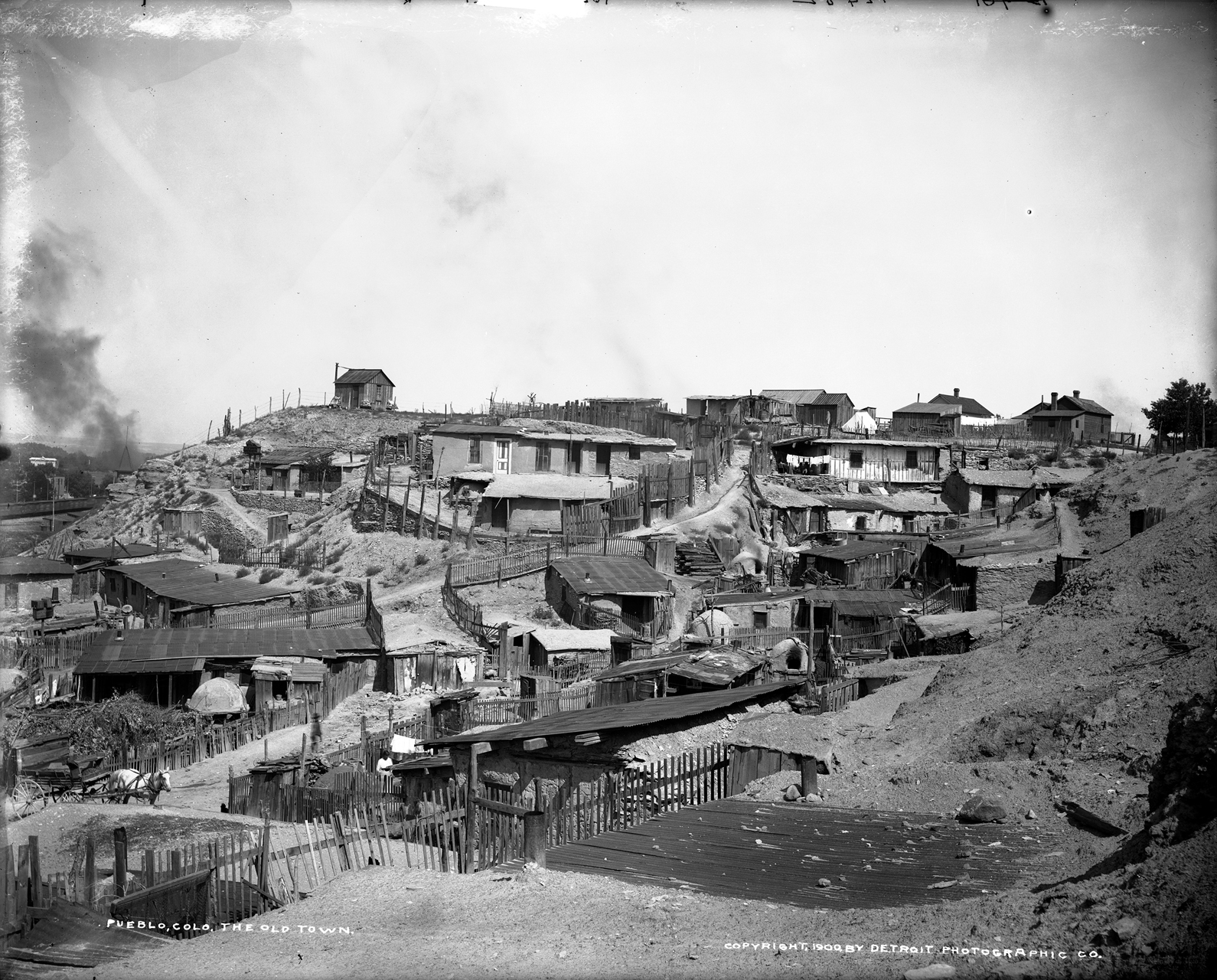The Local newsletter is your free, daily guide to life in Colorado. For locals, by locals.
On February 2, 1848, the United States and Mexico signed the Treaty of Guadalupe-Hidalgo, marking the official end of the Mexican-American War. As a part of the pact, Mexico ceded more than 525,000 square miles of land to the U.S., including parts of present-day Colorado and the American West.
This document effectively defined the Centennial State’s southern geographic and cultural borders, and yet the Treaty has never been on display here—until now. Starting May 4, the Treaty of Guadalupe-Hidalgo will be the centerpiece at El Pueblo History Museum‘s “Borderlands of Southern Colorado” exhibit. Although the exhibit is permanent, the treaty will only be viewable until July 4, when it returns to its home at the National Archives in Washington, D.C.

The treaty is widely known for moving the border between Mexico and the United States from the Arkansas River to the Rio Grande, but the effects of this action on the region’s culture has yet to be widely examined. “Most people are not familiar with this aspect of Colorado’s identity,” says Dawn DiPrince, director of El Pueblo History Museum. The exhibit aims to explore the significance of the “borderlands,” as well as honor the cultures that have been shaped by the area’s geo-political history.
“The Borderlands story expands what most Coloradans think they know about Colorado. The people and families of southern Colorado are distinct from the rest of the state,” DiPrince says. “We have a rich, cultural heritage and many of us have protected these traditions and resisted assimilation. This unique and hybrid history is integral to a broader understanding of the multi-dimensional Colorado story.”

The bilingual exhibit will feature a station for crafting adobe, the original Colorado Constitution printed in Spanish and German, an interactive map that portrays the transformation of Colorado’s borders, and an assortment of ancestral objects from Pueblo, borrowed from private collections. DiPrince says the museum hopes to add artifacts to the exhibit over time. “El Pueblo History Museum is adjacent to the archaeological site of the original El Pueblo [trading post], established in 1842. As we learn more and possibly uncover new artifacts, we will include those within the exhibit,” DiPrince says.
The museum staff has been working with the National Archives since the fall to bring the Treaty of Guadalupe-Hidalgo to Colorado for the first time. “We had to prove we could keep it safe while it resides here,” DiPrince says, adding that the document is fragile and rarely on display. “Our community has rallied around us to contribute towards the additional security costs, which is a beautiful demonstration of how important this document is to our history.”
But the idea for the broader Borderlands exhibit has lingered in DiPrince’s mind for at least five years. “Last year, we hosted a symposium with scholars from around the country, marrying their academic knowledge with our place-based knowledge,” DiPrince says. “This has produced an interpretive backbone to this work. The exhibit at El Pueblo is just the beginning.”
If you go: El Pueblo History Museum is located at 301 N. Union Avenue in downtown Pueblo. Admission to the Borderlands of Southern Colorado is included with museum admission.








